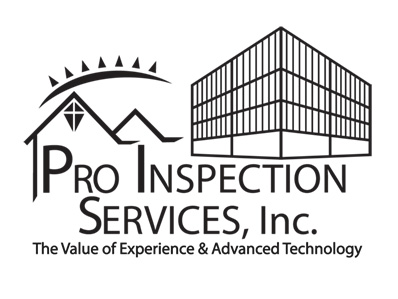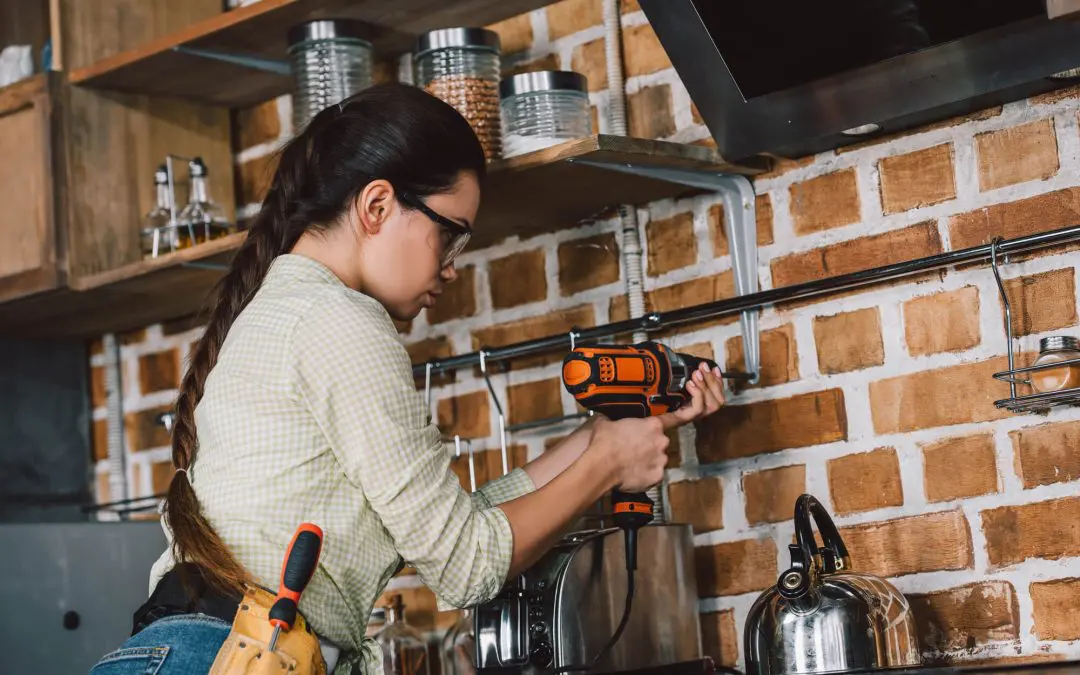Power tools are invaluable for tackling DIY home projects, from simple repairs to large renovations. While these tools are designed to make tasks more efficient, they can also pose significant risks if not used correctly. Whether you’re a seasoned DIY enthusiast or just starting out, following proper safety practices is crucial to prevent accidents and injuries. In this guide, we’ll explore essential power tool safety tips that every homeowner should know.
1. Read the Instruction Manual for Power Tool Safety
Before using any power tool, it’s essential to familiarize yourself with its operation and safety instructions. The user manual is more than just a technical guide—it contains critical information on properly handling, maintaining, and storing the tool. Even if you’ve used similar tools before, each model may have unique features or requirements. Reading the manual ensures you understand how to operate the tool safely and efficiently.
2. Inspect Tools Before Use
Power tools can degrade over time, and using damaged tools increases the risk of accidents. Before each use, inspect the tool for signs of wear, such as frayed cords, loose parts, or damaged blades. Pay close attention to the electrical components, as exposed wiring or faulty plugs can lead to electric shocks. If you notice any issues, don’t attempt to use the tool until it’s repaired or replaced. A quick inspection can save you from a potential accident or injury.
3. Wear Proper Gear for Power Tool Safety
Using power tools without the right protective gear is one of the most common safety oversights. Essential safety equipment includes safety goggles, ear protection, gloves, and dust masks. Safety goggles shield your eyes from flying debris and particles, while ear protection prevents long-term hearing damage from noisy tools like saws and drills. Gloves protect your hands from cuts and abrasions, but avoid wearing loose-fitting clothing or accessories that can get caught in moving parts. Depending on the task, a dust mask may also be necessary to protect your lungs from harmful particles.
4. Keep Your Workspace Clean and Organized
A cluttered workspace increases the chances of accidents. Before beginning any project, ensure your area is clean and well-organized. Loose materials, tangled cords, and debris can cause trips and falls. Keeping your workspace tidy also helps you focus on the task at hand and reduces distractions, making for a safer working environment. Additionally, be mindful of proper ventilation when working indoors, as some tools produce fumes or dust that can be harmful when inhaled.
5. Use the Right Tool for the Job
Using whatever tool is handy to get the job done may be tempting, but this can be a costly mistake. Always choose the appropriate tool for the task at hand. Using a tool for a purpose it wasn’t designed for can lead to malfunction or injury. For example, using a drill for sanding or a circular saw for cutting material it’s not intended for can cause dangerous kickbacks or other malfunctions. Invest in the proper tools for your projects, and take the time to learn how to use each one correctly.
6. Handle Tools with Both Hands
Power tools can generate significant force, making it essential to maintain a firm grip at all times. Using both hands provides better control over the tool’s movements, reducing the chances of it slipping or reacting unpredictably. Many tools have two handles for this reason. If you ever feel the tool pulling away or becoming difficult to control, stop and assess the situation before continuing.
7. Disconnect Tools When Not in Use
One of the simplest yet most important safety tips is always unplugging or disconnecting your tools when not in use. Whether you’re changing a blade, adjusting settings, or stepping away from the tool for a moment, disconnecting it prevents accidental activation. Power tools can turn on unexpectedly if the trigger is bumped or pressed, leading to serious injury. Additionally, make sure the tool is off before plugging it back in or reconnecting the power source.
8. Keep Cords Away from the Work Area
Power cords are often overlooked during a project but can easily become a safety hazard. Always keep cords clear of your cutting path, drilling area, or other tool operations to avoid accidentally slicing through them. This will damage the tool and cord, and it can result in electrical shock. Run cords along the perimeter of your workspace or tape them down to keep them out of harm’s way. If you’re working outdoors or in damp conditions, use cords and outlets rated for such environments to prevent electrical issues.
9. Take Regular Breaks
It’s easy to become fatigued during lengthy projects, but tiredness can significantly increase the risk of accidents. When you’re tired, your reaction times slow, your concentration wanes, and you’re more likely to make mistakes. Taking regular breaks allows you to rest, recharge, and maintain focus. During breaks, take the opportunity to inspect your tools and reassess your workspace for any new hazards that may have arisen. A fresh perspective after a break can help you catch potential issues before they become accidents.
10. Store Tools Correctly for Power Tool Safety
Once the project is complete, it’s essential to store your tools properly. Tools that are left out or improperly stored can cause injuries to others in the household, especially children. Power tools should be stored in a dry, secure location away from the reach of children and pets. Make sure the tools are unplugged, cleaned, and in good condition before putting them away. Proper storage also ensures that the tools remain in good working order, extending their lifespan and reducing the chances of malfunctions during future use.
Power tools are an incredible asset for homeowners, making DIY projects faster and more efficient. However, safety should always be your top priority when working with these powerful devices. Whether you’re a seasoned DIYer or a beginner, staying mindful of these practices ensures that your home improvement projects are successful and safe.
Power Tool Safety FAQs
How should I store power tool accessories, such as blades and bits?
Accessories such as blades, bits, and sanding pads should be stored separately from the tools to prevent accidental cuts or damage. Store them in a clean, dry container with dividers to prevent them from dulling or becoming contaminated with dirt and debris. This helps keep them in optimal condition for future use.
Is there a way to reduce dust exposure when using power tools?
Dust is a common byproduct of many power tools, especially saws, sanders, and grinders. Always work in well-ventilated areas to reduce dust exposure and consider using a dust collection system if your tool is compatible. Wearing a dust mask or respirator is also essential, especially if you’re working with materials like wood, drywall, or metal that can create fine particulates harmful to your lungs.
What are the risks of using dull blades or bits?
Dull blades or bits require more force to cut through material, increasing the risk of kickback and accidents. They can also cause the tool to overheat, leading to potential malfunctions. Always inspect blades and bits before use and replace them if they show signs of dulling, such as frayed edges or slower cutting performance. Using sharp, well-maintained accessories ensures smoother operation and reduces the risk of injury.
Can I use power tools near flammable materials?
Using power tools near flammable materials like gasoline, paint thinner, or even sawdust is extremely dangerous. Sparks from tools such as grinders or drills can ignite these materials, causing fires or explosions. Always work in a clean, well-ventilated area, away from flammable substances, and clean up any sawdust or debris that could become a fire hazard during extended tool use.
Pro Home Inspection Services provides home inspections to Charleston and the surrounding areas. Contact us to schedule an appointment.

